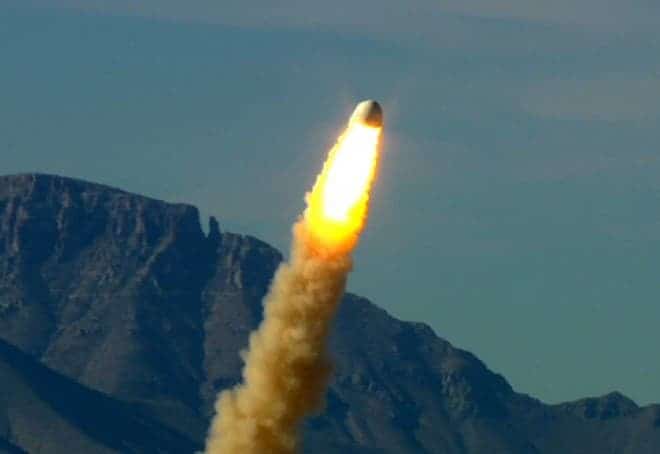
After SpaceX’s recent successful docking with the ISS, when it brought critical mission cargo to the space station, another important milestone for private space exploration has been attained, this time on part of another space company. Jeff Bezos’ (Amazon) private space venture, Blue Origin, recently successfully tested its emergency crew escape system – a key pre-requirement for getting its suborbital and orbital spacecraft certified by NASA.
Blue Origin’s crew escape system is based on a pusher motor, rather than the conventional tractor system, employed by both NASA and Russia’s Soyuz spacecraft since the 1980s. Both types of escape systems are designed to carry the crew capsule away from the main launch vehicle at any time in the event of an emergency during launch or early orbit ascent stages. The main disadvantage of the tractor system, however, is that in the event of a successful launch, the motors and tower on top of the capsule are catapulted after a critical altitude is reached in order to make it to orbit.
“The use of a pusher configuration marks a significant departure from the traditional towed-tractor escape tower concepts of Mercury and Apollo,” said Rob Meyerson, president and program manager of Blue Origin in the release. “Providing crew escape without the need to jettison the unused escape system gets us closer to our goal of safe and affordable human spaceflight.”
The Crew Capsule traveled to an altitude of 2,307 feet under active thrust vector control before descending safely by parachute to a soft landing 1,630 feet downrange. Check out the video below showcasing the launch of the Blue Origin capsule, the deployment of its safety system and the safe descent back on ground.
source via wired






